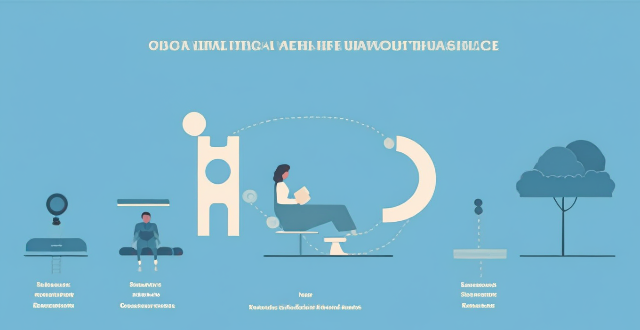The process for obtaining approval from regulatory agencies for a new vaccine includes pre-clinical trials, phase 1, 2, and 3 clinical trials, submission to regulatory agencies, and post-marketing surveillance. This process ensures that the vaccine is safe and effective before it is made available to the public.

The Process for Obtaining Approval from Regulatory Agencies for a New Vaccine
Introduction
In the development of a new vaccine, obtaining approval from regulatory agencies is a crucial step. This process ensures that the vaccine is safe and effective before it is made available to the public. The following steps outline the process for obtaining approval from regulatory agencies for a new vaccine:
Step 1: Pre-Clinical Trials
Before conducting clinical trials in humans, pre-clinical trials are conducted on animals to evaluate the safety and efficacy of the vaccine. These trials involve testing the vaccine on animals to determine if it causes any adverse effects or toxicity. If the results of these trials are promising, the vaccine can proceed to clinical trials.
Step 2: Phase 1 Clinical Trials
The first phase of clinical trials involves testing the vaccine on a small group of healthy volunteers to evaluate its safety and dosage. The participants are monitored closely for any adverse effects or side effects. If the vaccine is found to be safe, it can proceed to the next phase of clinical trials.
Step 3: Phase 2 Clinical Trials
The second phase of clinical trials involves testing the vaccine on a larger group of people to evaluate its efficacy and identify any potential side effects. The participants are randomly assigned to either receive the vaccine or a placebo. The results of this phase are used to determine if the vaccine is effective in preventing the disease.
Step 4: Phase 3 Clinical Trials
The third phase of clinical trials involves testing the vaccine on an even larger group of people to further evaluate its efficacy and safety. The participants are randomly assigned to either receive the vaccine or a placebo. The results of this phase are used to determine if the vaccine is ready for widespread use.
Step 5: Submission to Regulatory Agencies
Once the clinical trials are complete, the vaccine manufacturer submits the data to regulatory agencies such as the Food and Drug Administration (FDA) in the United States or the European Medicines Agency (EMA) in Europe. The regulatory agency reviews the data to ensure that the vaccine is safe and effective before granting approval for its use.
Step 6: Post-Marketing Surveillance
After the vaccine is approved, post-marketing surveillance is conducted to monitor its safety and effectiveness in the real world. This involves collecting data on any adverse effects or side effects experienced by people who have received the vaccine. If any issues are identified, the vaccine may be modified or removed from the market.
Conclusion
Obtaining approval from regulatory agencies for a new vaccine is a complex process that involves multiple stages of testing and evaluation. This process ensures that the vaccine is safe and effective before it is made available to the public. By following these steps, vaccine manufacturers can demonstrate the safety and efficacy of their products and gain the trust of regulatory agencies and the public.